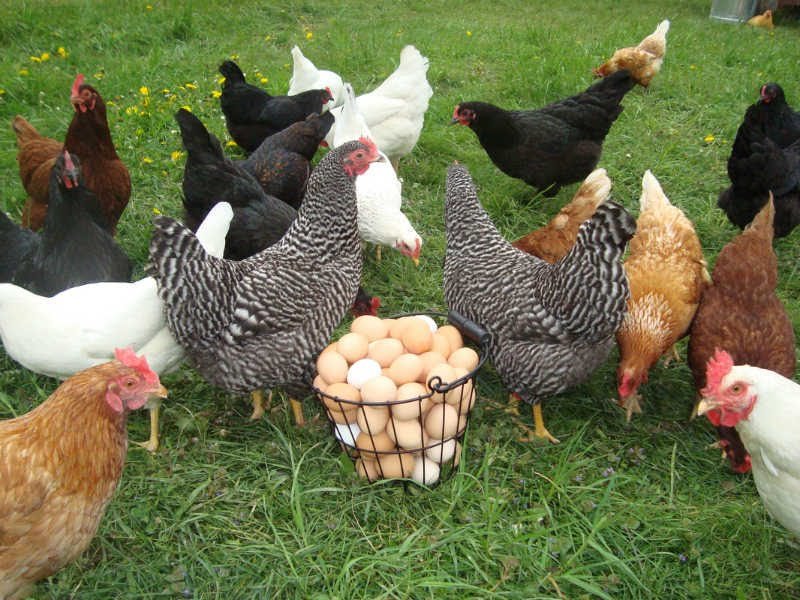Pig Farming: Tips for managing newborn piglets

Good care is essential for the survival of newborn piglets because they are susceptible to diseases and physical hazards. Piglets care is limited to the production purpose of a farm, but overall care for piglets reduces mortality rate and increases weaning weights. AgriGrind highlights areas that ensure good health for newborn piglets.
Remove Umbilical
Moderately pull away or cut the umbilical cord if necessary (about 5cm length) a few minutes after birth. Also, the navel of each piglet should be soaked in a cup of iodine solution to prevent inflammation and tetanus. Carefully rub piglets dry with a cloth after birth.
Colostrum Intake
Colostrum is the first milk of a sow right after farrowing. All piglets must take in this first milk because colostrum protects them against disease. A caretaker assigned to a pig-pen must ensure that piglets are matched to functioning teats.
Colostrum Substitute is recommendable when colostrum is not available to all piglets. Colostrum substitute for newborn piglets containing sources of live, viable natural-occurring micro-organisms that need to be substituted when sufficient amounts of colostrum are not available to the piglets because of poor milk letdown or when the sow will not allow the piglets to nurse.
Colostrum-substitute may be frozen, as a powder, for longer shelf life. One must reach out to the veterinarian store to inquire about available colostrum-substitute on a shelf in case of emergency on farrowing.
Also, sucking encourages sow to let down her milk. Again, the caretaker must help weak piglets to suckle.
Feeding piglets whose mother does not produce enough milk
Two ways to help piglets whose mother does not produce milk. First, introduce piglets to another sow that has farrowed three days before.
Spray all piglets as soon as the introduction is done so that the foster mother doesn’t recognize its own as foreigners. Transfer extra piglets to the sow with fewer piglets after disguising them with a spray that has a strong smell e.g. engine oil/kerol diluted with water to last at least 1 or 2 days.
It is the responsibility of a care-taker to ensure that foster-sow has fewer piglets than the number of teats on her udder. This is because the teats which are not being used by piglets dry off after three days.
Piglets normally take control of one teat at birth and continue to feed on it until they are weaned.
Second, a care-taker should give piglets extra food by hand if there is no sow to feed on. Goat or cow’s milk is ideal for the piglets in the same way as for motherless or orphaned piglets.
Teeth Trimming
Teeth trimming prevents piglets from biting sow’s udder. Piglets are born with needle-sharp teeth which may injure the sow’s udder and prevent the sow from letting the piglets suckle, resulting in piglets being left to starve. When trimming piglets’ teeth, the veterinarian should remove the points of the teeth. If he removes more, there is a risk of damaging the mouth. Also, the tongue of the piglets should be rolled back to avoid injury when one is trimming piglets’ teeth.
Tail Cutting
Piglets chew long tail. Therefore, cut the tip of a piglet’s tail. The care-taker who in most cases is vet should tip-cut piglets’ tail between 4-7 days to prevent tail chewing which results to infections. A chain can be hung down from the ceiling for the piglets to chew.
Heating for Piglets
In cold weather, a small area can be heated with an infrared lamp. This keeps the young pigs warm. It helps prevent pneumonia and crushing as the piglets tend to stay under the lamp when not feeding.
Creep feeding
Creep feeding helps the piglets to get used to feeding at an early age. Therefore, young piglets from 7 days onwards should have high protein feed available to them. Keep feed in a small area where the mother cannot eat the feed. The feed conversion rate of young piglets is very high, and thus creep feeding is economic.
Weaning
Early weaning of pigs requires skill and attention to detail in all areas. Weaning is a great challenge for the young pig. Knowledge of the nutrient requirements, health status, and growth patterns for modern breeds of early-weaned pigs continue to develop. Early weaning of piglets at 14-21 days increases sow productivity through the potential increase in the number of litters per sow per year.
Castration
You castrate male piglets to prevent their meat from boar taint. Castration also makes them more manageable when they become sexually mature. The first two weeks of a piglet’s life is ideal for castration. The animals should be fit and healthy. If this is not the case, it is better to postpone the operation. Two people are needed when castrating a piglet. One person will carry out the small operation and the other person will hold the piglet. The pen should be dry and very clean to prevent infection to the wound. The knife should be thoroughly cleaned with a disinfectant. One person takes the pig by the hind legs and holds it firmly between his or her legs. The piglet’s head should point towards the ground.





